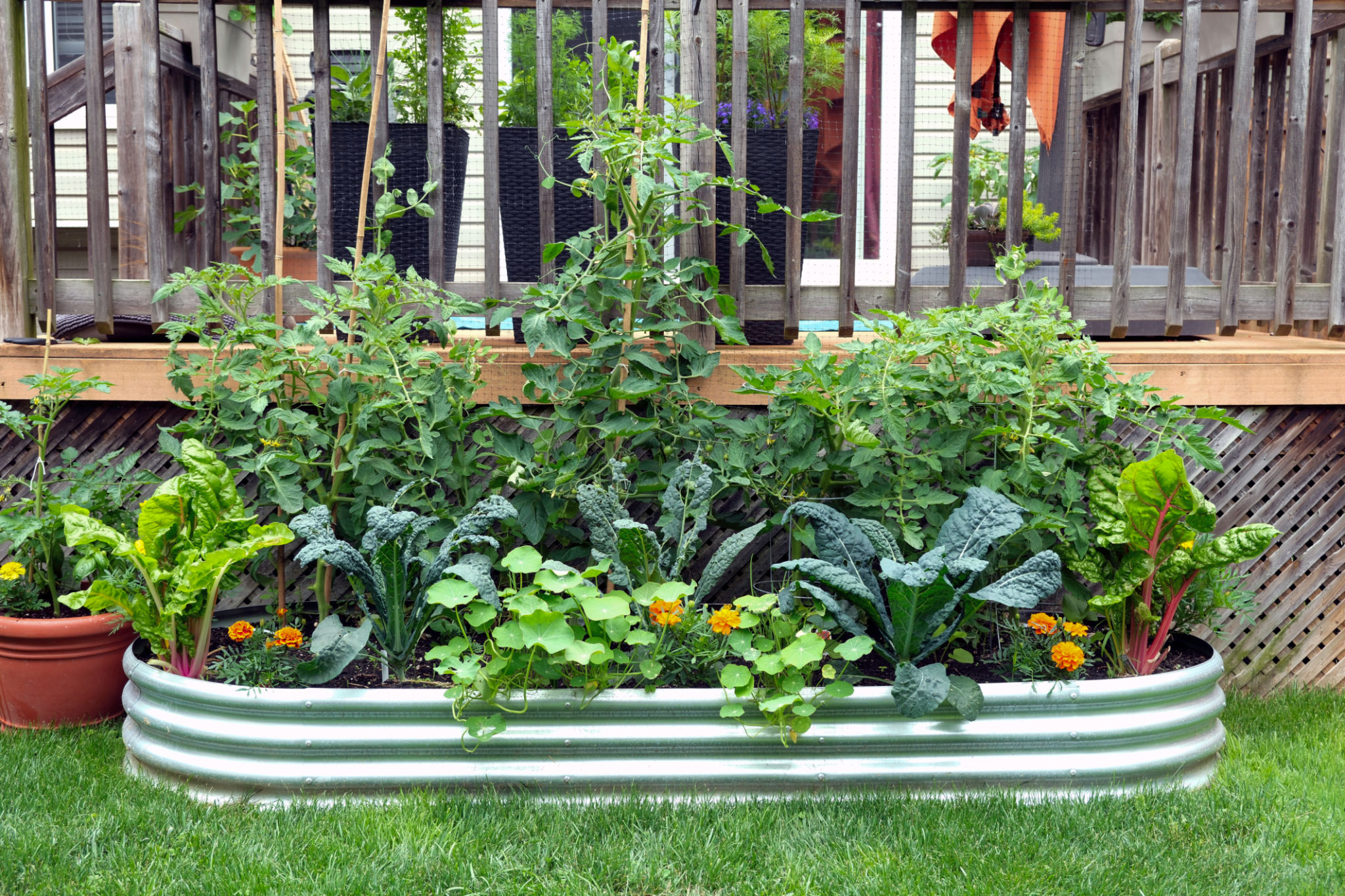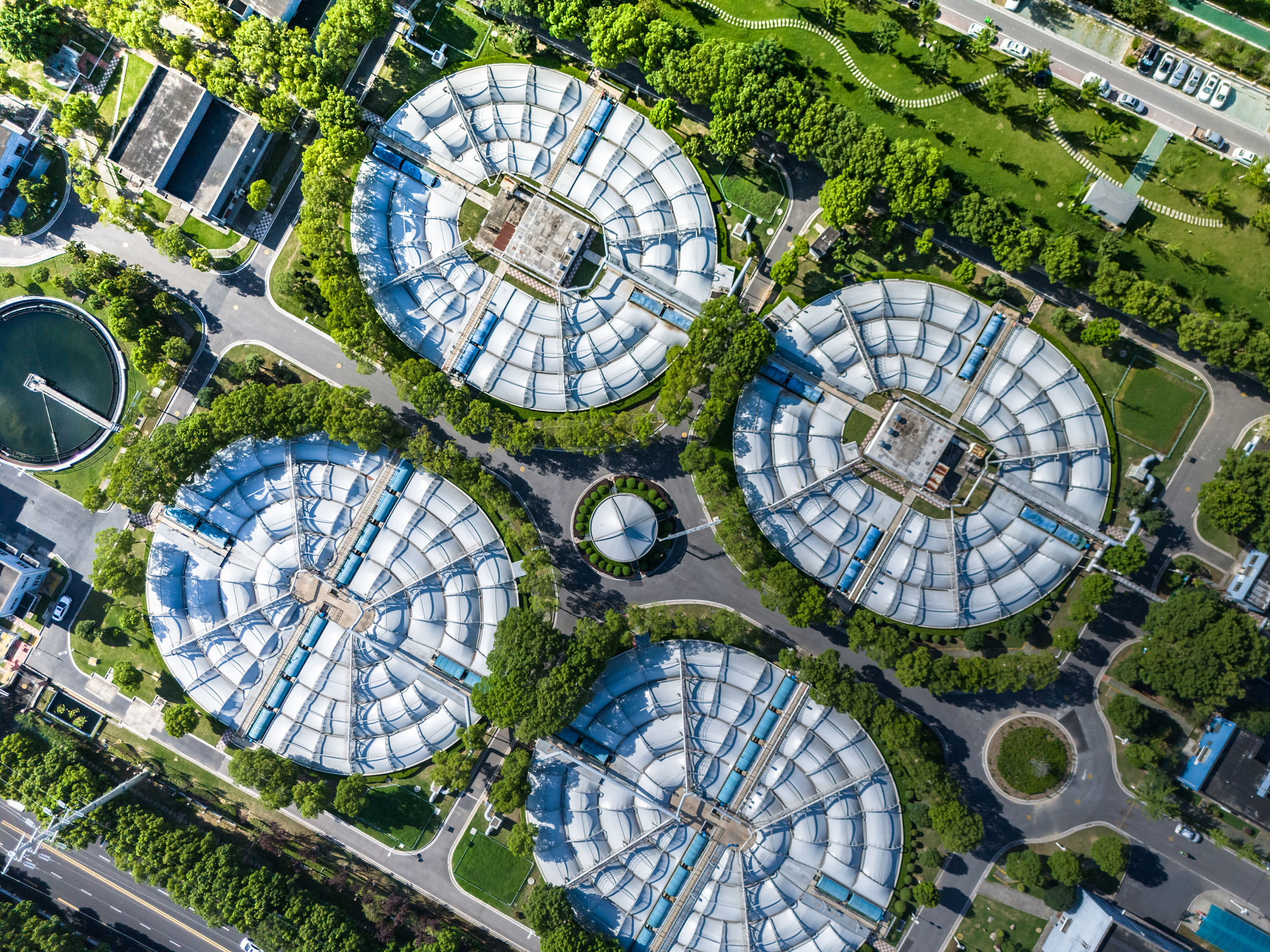Eco-Friendly Landscaping: Transform Your Outdoor Space Sustainably
Why Choose Eco-Friendly Landscaping?
Transforming your outdoor space into an eco-friendly haven is not just a trend; it's a commitment to sustainability and the environment. By embracing eco-friendly landscaping practices, you can create a beautiful, functional outdoor area that supports local ecosystems and conserves resources. This approach not only benefits the environment but can also reduce maintenance costs and increase your property value.
Eco-friendly landscaping involves using native plants, efficient water management systems, and sustainable materials. These methods help reduce your carbon footprint and create a habitat for local wildlife. The growing demand for sustainable living solutions makes this an ideal time to consider transforming your outdoor space.

Incorporating Native Plants
One of the cornerstones of eco-friendly landscaping is the use of native plants. These plants are adapted to local conditions, requiring less water, fertilizers, and pesticides compared to non-native species. This makes them a low-maintenance option that supports biodiversity and provides food and shelter for native wildlife.
When selecting plants, consider those that thrive in your region's climate and soil conditions. This not only enhances the beauty of your garden but also ensures that your landscaping efforts are sustainable in the long term.
Water Conservation Techniques
Water conservation is crucial in eco-friendly landscaping. Implementing techniques such as rainwater harvesting, drip irrigation, and xeriscaping can significantly reduce water usage. Rain barrels can be used to collect rainwater for irrigation, while drip irrigation systems deliver water directly to plant roots, minimizing waste.

Xeriscaping is another effective method, involving the use of drought-resistant plants and minimal lawn areas. This approach not only conserves water but also reduces the need for chemical fertilizers and pesticides, promoting a healthier environment.
Sustainable Materials and Practices
Using sustainable materials like recycled wood, stone, and permeable paving can enhance the eco-friendliness of your landscape. These materials often require less energy to produce and can be recycled or repurposed at the end of their life cycle.
Additionally, consider implementing composting practices to recycle organic waste from your garden. Compost enriches the soil naturally, reducing the need for synthetic fertilizers and enhancing plant growth.

Creating Wildlife Habitats
An eco-friendly landscape can also serve as a haven for local wildlife. By incorporating features such as birdhouses, bee hotels, and water sources like ponds or birdbaths, you can attract beneficial species to your garden. This not only supports biodiversity but also helps control pests naturally.
Planting a variety of flowering plants ensures a continuous supply of nectar and pollen for pollinators throughout the year. This creates a vibrant ecosystem where plants and animals thrive together.
Conclusion
Eco-friendly landscaping is more than just a design choice; it's an investment in the health of our planet. By adopting sustainable practices, you can create an outdoor space that is both beautiful and beneficial to the environment. Whether you're starting from scratch or making small changes to your existing landscape, every effort counts towards a greener future.
By choosing eco-friendly options, you contribute to a sustainable lifestyle that not only enhances your property but also plays a part in preserving natural resources for generations to come.
